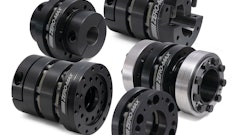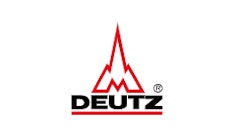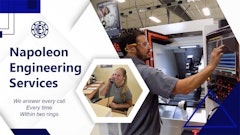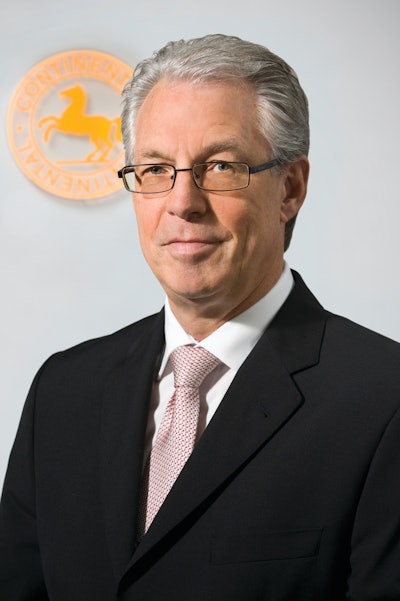
Tier 4 & 5
How have the Tier regulations for on-highway equipment impacted Continental Truck Tires' products design and manufacturing, and how they go to market?
As a premium supplier to various commercial vehicle OEMs, we are obliged to comply with all relevant legal requirements. Together with our OEM customers, we adapted our tire specifications to meet the requirements of these new regulations and to protect our strong market position. In addition, our OEM partners confirmed our optimized products’ compliance with the new legal requirements.
Have you seen changes in demands or needs of tire performance due to upcoming GHG emissions regulations?
The new GHG emission regulations have a direct impact on a tire’s rolling resistance. Our target was to maintain an attractive product offer for our customers, which balances rolling resistance, mileage as well as e.g. handling properties of our products.
Global
The global recession reorganized the once emerging markets (Brazil, Russia, India, China). What does Continental see as the next major global economy (or economies) for growth and development?
The global recession affected the BRIC markets, as well as those mature markets where we have traditionally been stronger, such as North America and Europe. Despite the impact that the recession had on the BRIC markets, Continental continues to focus on these BRIC markets due to expectations that medium term growth will continue at a brisk pace in these regions. Our acquisition of Modi in 2011 not only gave us market penetration into India, but also local production capacities, which we are upgrading to modern TBR technology. Besides continued expansions in Brazil, we also see significant long term growth potential in other markets such as Russia, South-East Asia and Turkey.
How has your business model evolved to streamline and optimize for a global market?
The last decade has proven to be quite volatile for the commercial vehicle market in regards to vehicle production. In order to cope with this volume volatility, it becomes increasingly important to be in close contact with our customers and to produce products close to the business regions. Continental follows this approach, particularly with respect to truck tires as we have expanded our production footprint in Brazil, South-East Asia and India over the last decade. At the same time, we continue to invest in our core production facilities of the mature European and North American markets. As a result of these additional capacities, we can flexibly react to market fluctuations globally. To cater to these needs, we standardize our facilities and core product infrastructure as much as possible, so that we can maximize plant utilization by producing for all regions, as market needs require.
We also see increasing globalization from our largest OEM customers as they work to streamline their business activities and maximize the outputs of their global footprint. Thus, we adapted our organization into a global business structure with Global Key Account Managers several years ago. This enables us to steer the global and local OE businesses, while at the same time exceeding the needs and expectations of our OE customers.
Technology of the Future
What are the emerging technologies that will revolutionize the off-road and on-road equipment industry?
On & off performance is not only an emerging technology, but is also essential to succeed in emerging markets. We will further develop, e.g. our well known "Construction-Line" for on & off tire applications within the next years. Key characteristics of these products will be cut and chip performance, stone penetration protection, durability and retreadability of tire casings as well as impact resistance.
Our customers and their requirements are central to the innovations that we are working on. We are in a constant dialogue with fleets and OEMs to understand their needs and use those learnings and requirements in our product development process. Our products are not approved for release to the market until we have confirmed that we have met those needs and our customers are convinced about our solution.
Also, we continuously benchmark our products to those of our competition through field testing and other means to monitor our product performance. Last but not least, we have developed close cooperations with many of our OEM business partners. Together, we utilize these relationships to ensure we have the right products and advanced technologies for the future.
Future tire technologies have to focus on three major areas:
First and foremost, classical tire performance improvements that can be achieved through new process technologies. Secondly, new material technologies such as fillers (carbon black and silica), polymers the way they interact with each other. Last but not least, new reinforcement technologies for future load carrying requirements.
With regard to diversified global applications and expected vehicle proliferation, all of this has to become applicable in significantly shorter development time through new innovative development methods.
What current advanced technologies are available that impact Continental?
Continental is not only a premium tire manufacturer, but also one of the largest solutions providers of automotive technology worldwide. We have a tremendous number of innovative technologies in our portfolio and are constantly evaluating with our customers how to market them.
TPMS is a prime example for how we work together with colleagues from our automotive divisions in order to offer customers an integrated solution. TPMS brings a true added value to them, since the correct tire pressure is essential for maximum fuel efficiency and optimal tire wear, especially in the commercial vehicle industry.
What keeps you up at night?
What are the predominant challenges you face in your industry and with your business?
Growing transport volume, tighter legal regulations and growing costs in the transport industry will require new transport solutions and vehicle concepts. This will lead to new requirements regarding future tire concepts and performance. New sizes, higher load carrying capacities, further improvements of overall tire economy especially with regards to rolling resistance, mileage and retreadability are the most important factors we have to consider.
The transportation business is one of the most competitive environments in the world. Total cost of ownership aspects (TCO) along the entire tire life cycle becomes increasingly important to the end users of our products, i.e. new product properties and retreadability aspects are part of our extended product offer.
Unfortunately, implied innovations often struggle to be rewarded with a sufficient price quality.
Besides this, globalization is one of our key challenges, but at the same time thrilling and also one of our important chances. Due to regional differences in tire applications, we need to come up with customized products for each of those markets in order to perfectly match our customers’ needs.
Since innovations are often linked to high level investments in manufacturing or material, the customer benefit needs to be proven beforehand, justifying reasonable prices to cope with higher costs.
We will continue to leverage our positioning in the industry to stay ahead of our customers’ needs. Our strong position as one of the largest OEM suppliers in the world gives us a competitive advantage and provides us with a good picture of the future already at an early stage. This depth of communication combined with our team of almost 175,000 employees worldwide puts us in an excellent position to tackle any challenges the industry brings.
Any new issues you are facing?
The biggest challenges facing the industry are increasing market volatility, the raw material commodity market (natural rubber to be specific) and the constantly changing regulatory environment. While these issues are not new, the pace at which they evolve and develop are ever increasing. It is important for us to proactively address these issues, which we are doing with our global business and production footprint. This allows us to be close to our customers, but utilize the facilities for other markets, if needed. Additionally, we continue to pay very close attention to regulatory changes and work with internal personnel, our customers, and third parties to monitor and interpret changes in regulations in order to translate that into product development needs.
On the horizon
What areas of on-highway trucking vehicles are lagging technologically and in the manufacturing business model?
We are working on a lot of technologies that will improve rolling resistance, wet grip performance as well as mileage or cut and chip performance. Other technologies will be less visible in terms of performance, but we are also working on recycling solutions as well as alternative material science. We believe that sustainability will be one of the largest drivers in the industry.
What technological break-through, in your opinion, will be instrumental in propelling the tire industry forward?
Environmentally friendly as well as sustainable materials that could replace natural rubber.

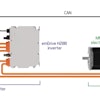

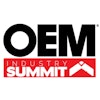
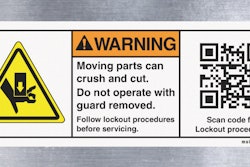

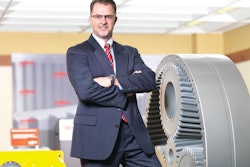







![Sa P75 I Sahr[80]](https://img.oemoffhighway.com/mindful/acbm/workspaces/default/uploads/2025/10/sa-p75-isahr80.Cn3n79HB4H.jpg?ar=16%3A9&auto=format%2Ccompress&fit=crop&h=135&q=70&w=240)


